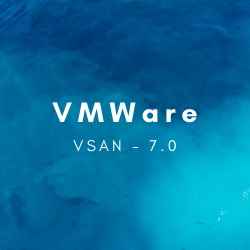The new vSphere 7 release is shipped with DRS enhancements to better support modern workloads by using an improved DRS logic and new accompanying UI in the vSphere Client.
The enhanced DRS logic is now workload-centric rather than cluster-centric, as it was before with DRS. The DRS logic is completely rewritten to have a more fine-grained level of resource scheduling with the main focus on workloads.
The old DRS would create calculations based on the ESXi host memory and CPU. It would then balance out the ESXi cluster as best it could, and the default schedule for DRS was every 5 minutes. In vSphere 7, DRS utilizes a VM DRS score. Instead of focusing on the utilization of the ESXi host, DRS is looking at the workload of the VM. Now, every VM gets a DRS score based on several metrics:
- VM Performance – VM metrics like CPU ready time, memory swap, CPU Cache behavior, etc.
- Capacity on the ESXi Host – DRS now calculates the ability for the application to burst performance on the host.
- VMotion Cost – The cost of moving the VM to another host, is now taken into account.
The new DRS also runs every 1 minute instead of 5, so we are now getting a more fine-grained calculation of our workloads with DRS. These important enhancements in vSphere 7 mean that workloads will perform as close to optimal as possible while ensuring that hardware is used very efficiently and help vSphere Admins add GPUs and hardware accelerators to workloads.

